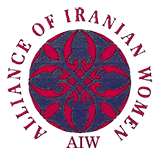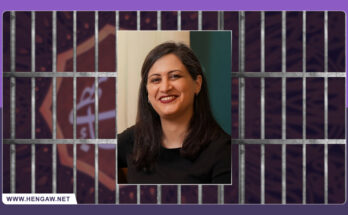Source: Iran International

Two years after the “Woman, Life, Freedom” protests sparked by the death of 22-year-old Mahsa Jina Amini in the custody of Iran’s so-called morality police, a UN Fact-Finding Mission report exposes the state’s ongoing human rights abuses, particularly against women.
The protests, which marked the largest challenge to the Islamic Republic since its inception 45 years ago, began in September 2022 when Amini died after being arrested for allegedly failing to comply with Iran’s mandatory hijab laws.
The UN fact-finding mission uncovered evidence of murders, torture, and rape that it categorizes as crimes against humanity during the Iranian government’s crackdown on protesters in the wake of Amini’s death.
Since the protests began, at least 550 demonstrators, including dozens of children, have been killed by security forces. The mission expressed concern over the government’s intensified efforts to suppress the fundamental rights of women and girls and to crush the remaining initiatives of women’s activism.
The UN report highglihts the continued defiance of women and girls as a persistent challenge to Tehran, despite the subsidence of mass protests.
Since April 2024, Iranian authorities have escalated repressive measures under the so-called “Noor” Plan, which endorses human rights violations against women and girls who defy the mandatory hijab. The state has increased surveillance, employing drones and other technologies to monitor compliance with hijab laws in public and private spaces.
Amnesty International, in a statement released ahead of the second anniversary of the protests, echoed these concerns, highlighting the devastating impact of the Iranian authorities’ brutal crackdown on the “Woman, Life, Freedom” uprising. Amnesty International emphasized the ongoing “war on women and girls,” pointing to an increasingly violent crackdown on those defying draconian compulsory veiling laws. The organization noted that the authorities have intensified their use of the death penalty to silence dissent, reflecting a broader assault on human rights and a systematic impunity for crimes under international law.
The situation has been exacerbated by the pending approval of the “Hijab and Chastity” bill, which proposes harsher penalties for women who do not adhere to the mandatory hijab, including substantial fines, extended prison sentences, restrictions on work and education, and travel bans.
The UN report highlights a troubling pattern of death sentences imposed on women activists, especially those from Iran’s ethnic and religious minorities, under national security charges. The regime has also increasingly used the death penalty and other harsh measures as tools to instill fear and suppress public dissent, the report read.
Both the UN and Amnesty International stress that meaningful accountability for these gross human rights violations remains elusive. The state’s continued impunity has left victims, especially women and children, unable to fully access their fundamental rights and freedoms.
The UN mission urged the Iranian state to immediately halt all executions of protesters, release all arbitrarily detained individuals—especially women and children—and abandon policies aimed at repressing women and perpetuating gender-based violence, such as the “Hijab and Chastity” bill.
Given the Iranian state’s failure to hold perpetrators accountable, the Fact-Finding Mission has urged UN Member States to intensify their efforts to ensure justice for victims and their families.
In that vein, the report urged international governments to investigate and prosecute those responsible for crimes against women and girls during the “Woman, Life, Freedom” movement, using universal jurisdiction and other legal mechanisms. It also recommended that states expedite asylum applications and offer humanitarian visas to individuals facing severe persecution, particularly women and children impacted by human rights violations in Iran.




